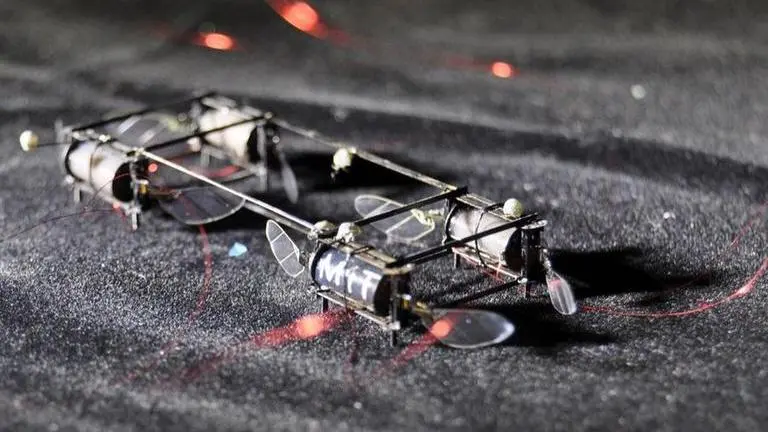Updated 27 June 2022 at 23:10 IST
MIT engineers develop 'robotic fireflies' for rescue ops; to use luminescence for comms
MIT scientists have developed insect-sized flying robots that use electroluminescent soft artificial muscles and can be deployed in search-and-rescue missions.
- Science News
- 2 min read

Engineers at the Massachusetts Institute of Technology (MIT) have developed insect-sized flying robots that use electroluminescent soft artificial muscles. This invention is a result of the inspiration MIT scientists drew from fireflies that use their luminescence for communication, the developers said in the research paper published in IEEE Robotics and Automation Letters. According to the experts, these robotic fireflies can be used for rescue efforts in hard-to-reach areas if used in a large number.
"If you think of large-scale robots, they can communicate using a lot of different tools-- Bluetooth, wireless, all those sorts of things. But for a tiny, power-constrained robot, we are forced to think about new modes of communication", Kevin Chen, the lead author of the research said. "This is a major step toward flying these robots in outdoor environments where we don’t have a well-tuned, state-of-the-art motion tracking system," he added.
How would the robots help in rescue missions?
Explaining the mechanism behind the robotic fireflies, the experts noted in their study that their electroluminescence would enable the robots to communicate with each other during a search-and-rescue mission. Similar to real fireflies, when these robots are, say, in a collapsed building, they could use lights to signal others and call for help after finding survivors.
Weighing no more than a paper clip, these tiny robots are not even capable of carrying sensors. While this was supposed to pose a challenge to the handlers, MIT scientists say that they can control them using their light and just three smartphone cameras. They revealed that their fireflies have miniscule electroluminescent particles embedded into the artificial muscles, which does add 2.5% more weight but does not impact the flight performance.
Advertisement
Talking about the tracking system, which works by picking up the intensity of the robot's light, Chen said that his team is proud of how good it is. "We were using cheap hardware, compared to the tens of thousands of dollars these large motion-tracking systems cost, and the tracking results were very close," he said. In the next step, the engineers plan to upgrade the system for real-time tracking and make the robots capable of turning their lights on and off for communicating like real fireflies.
Published By : Harsh Vardhan
Published On: 27 June 2022 at 23:10 IST
